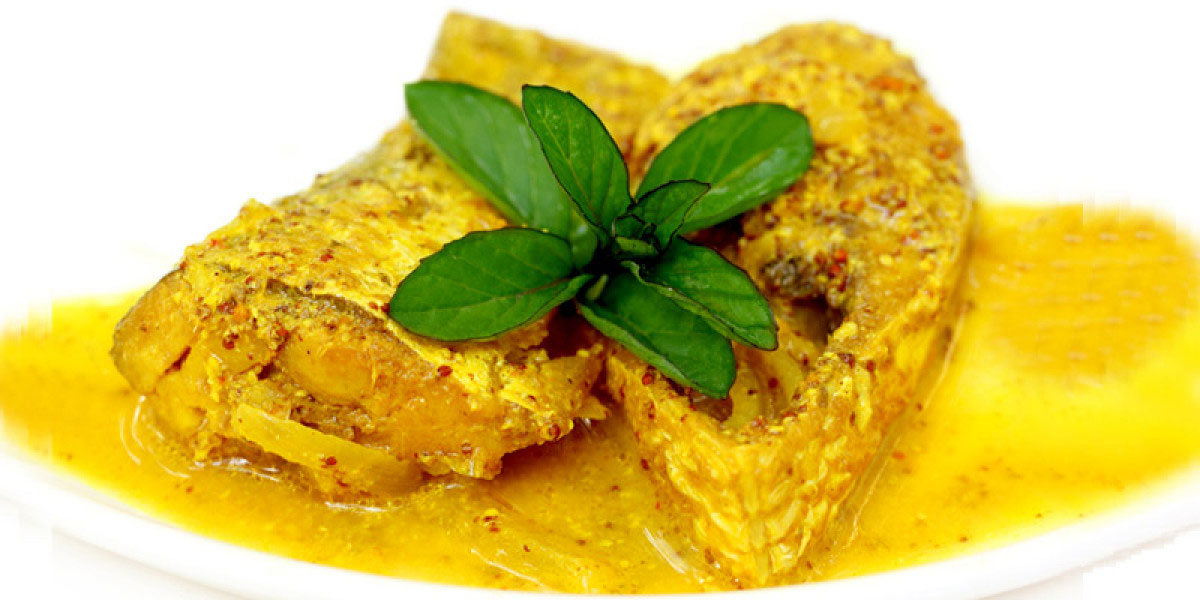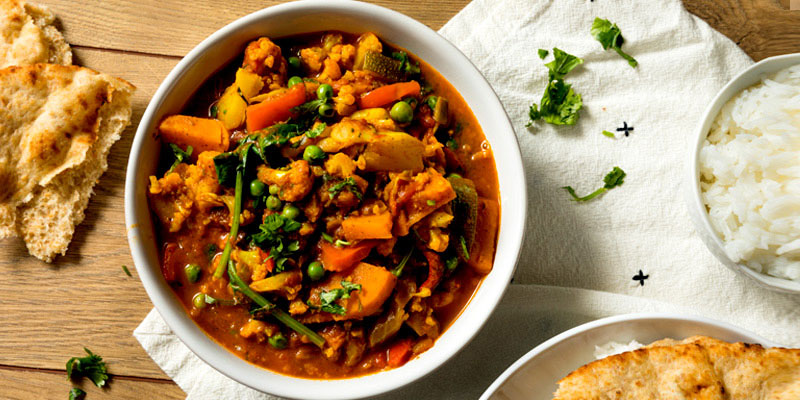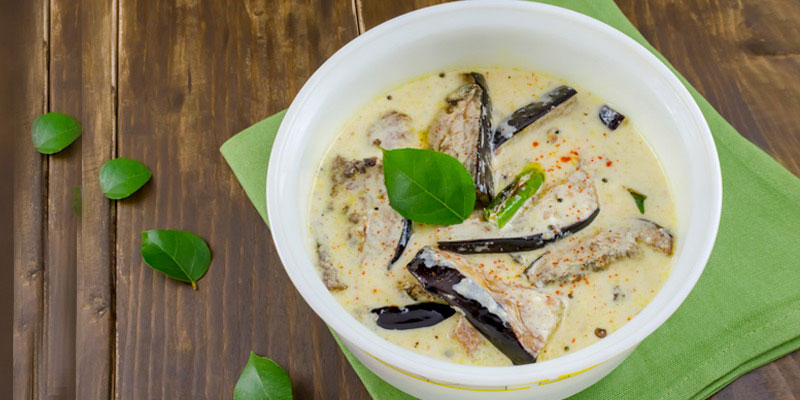Lesser known Bengali dishes that are a must-have
Popular dishes like the Rosogolla and Mishti Doi have put Bengali cuisine on the culinary map of the world. However, there are many other dishes that are equally special to this cuisine. Be it the unique vegetarian delicacies or the traditional cooking style, Bangla food has a lot to offer to delight different taste buds. Food experts Ananya Banerjee, Anindya Basu and Kalyan Karmakar share their insights on some lesser known Bengali dishes

What’s the first thing that comes to mind when you think of Bengali food? The popular response to this is maach (fish). The presence of water bodies all across West Bengal provides numerous varieties of fishes, prawns, shrimps and crabs – all of which have given plenty of opportunities for the region’s cooks from ancient times. However, contrary to popular belief, Bengali cuisine also excels in many vegetarian dishes.
Regional vegetables, including their peels, stalks and leaves are judiciously used to prepare delicacies. “The influence of ‘widow-food’ gave rise to niramish or vegetarian food in Bengali cuisine. Earlier, the widows in Bengal led a very restrictive life. They were barred from having any non-vegetarian items. Basically, any foods that created heat in the body were banned for them. And this norm led to the emergence of a new, tasty vegetarian Bengali cuisine” informs blogger, chef and author Ananya Banerjee, who recently launched a book Bangla Gastronomy.
According to food and travel photography expert Anindya Basu, “There is an array of lesser known dishes cooked every day at home. Panchmishali Torkari (five vegetable stir-fry), Chapor Ghonto (vegetable mishmash), Neem Begun (neem leaves stir fried with potato and brinjal), to name a few. Most of these dishes are by-products of innovative cooking to make interesting food within the socio-economic boundaries.” Due to the abundance of banana trees in the region, vegetarian dishes like Mochar Thonto (made from banana flowers) and Thor Er Chechki (made from banana stem) are widely cooked in Bengali homes. Thoughtful use of fresh, raw ingredients cooked in an optimum medium and a variety of cooking styles have been the main characteristics of cooking in every household.

Cooking techniques have also evolved over time. The predominant use of tempered whole spices instead of powdered spices has become a special feature of the Bengali cuisine. Not many people know that onions and garlic is kept to a minimal. Ginger is a prime ingredient in several dishes across many districts of the state. According to Anindya, “Jhinge Posto (ridge gourd and potato), Fulkopir (cauliflower) roast, Bati Chorchori (mixed vegetables), Plastic Chutney (raw papaya chutney) are some of the many vegetarian dishes with unique flavour profile that deserve limelight.
Food and travel writer Kalyan Karmakar believes that Bengali fusion dishes have recently become a hot favourite in many families. “When we invite guests, I prepare chicken wings marinated in Kasundi (the Bengali pungent and spicy mustard oil sauce), mustard oil, and honey to balance the two. I then grill it in an air fryer. Honey and mustard is a classic European roast marinade too.” For certain Bengali specialities, the ingredients keep varying, but the cooking method remains the same. For instance, jhol is a light, watery concoction, cooked almost on a daily basis in Bengali homes. It can be Niramish (vegetable) Jhol, Macher (fish) Jhol, or Mangshor (meat) Jhol. Similarly, Chechki, a lightly spiced stir-fried preparation tempered with Paanch-phoron (five spices) could have different versions – Alu (potato) Chechki, Kopi (cauliflower) Chechki, etc. Ananya likes that fact that the variety being offered in this cuisine is never-ending. “Each dish provides a distinctive style, taste and flavour, and is undoubtedly delectable.”

Talking about some lesser known Bengali dishes, Kalyan mentions Doi Begun (brinjal cooked in yogurt and mustard sauce), Lau Chingri (cubed bottle gourd cooked with shrimp), and Alu Maakha (mashed potato spiked with mustard oil) as some of his favourites. He’s sure that even a non-bengali would enjoy munching on these dishes. A focus on the balance of spices and special cooking techniques certainly make Bangla food distinct and delicious!
What are some of the less popular Bengali dishes that you relish? We’d love to know your favourites in the comments section below.
